How to draw Ambulance for kids - step by step - Fact - An ambulance is a vehicle for transportation of sick or injured people to, from or between places of treatment for an illness or injury, and in some instances will also provide out of hospital medical care to the patient.
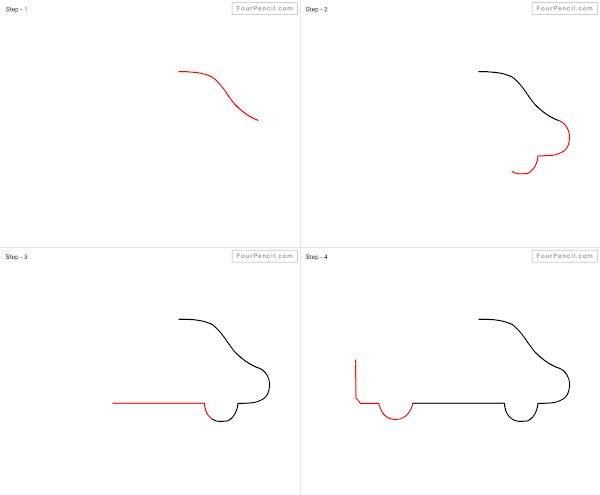
How to draw Ambulance for kids - step by step - Fact - The word is often associated with road going emergency ambulances which form part of an emergency medical service, administering emergency care to those with acute medical problems.

How to draw Ambulance for kids - step by step - Fact - The term ambulance does, however, extend to a wider range of vehicles other than those with flashing warning lights and sirens. The term also includes a large number of non-urgent ambulances which are for transport of patients without an urgent acute condition (see below: Functional types) and a wide range of urgent and non-urgent vehicles including trucks, vans, bicycles, motorbikes, station wagons, buses, helicopters, fixed-wing aircraft, boats, and even hospital ships

How to draw Ambulance for kids - step by step - Fact - The term ambulance comes from the Latin word "ambulare" as meaning "to walk or move about" which is a reference to early medical care where patients were moved by lifting or wheeling. The word originally meant a moving hospital, which follows an army in its movements.

How to draw Ambulance for kids - step by step - Fact - During the American Civil War vehicles for conveying the wounded off the field of battle were called ambulance wagons. Field hospitals were still called ambulances during the Franco-Prussian War of 1870 and in the Serbo-Turkish war of 1876 even though the wagons were first referred to as ambulances about 1854 during the Crimean War.
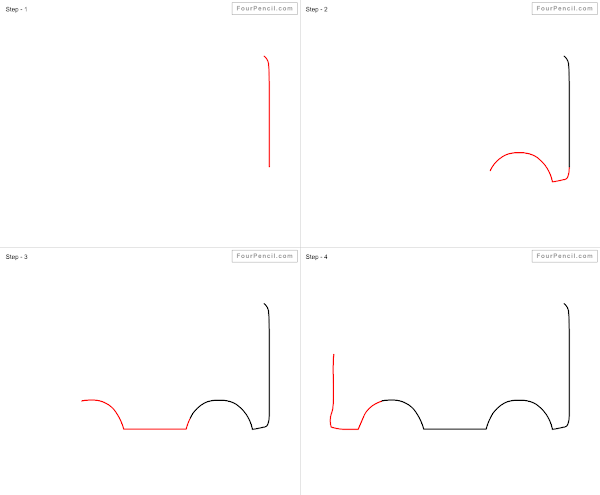
How to draw Ambulance for kids - step by step - Fact - There are other types of ambulance, with the most common being the patient transport ambulance (sometimes called an ambulette). These vehicles are not usually (although there are exceptions) equipped with life-support equipment, and are usually crewed by staff with fewer qualifications than the crew of emergency ambulances.

How to draw Ambulance for kids - step by step - Fact - Their purpose is simply to transport patients to, from or between places of treatment. In most countries, these are not equipped with flashing lights or sirens. In some jurisdictions there is a modified form of the ambulance used, that only carries one member of ambulance crew to the scene to provide care, but is not used to transport the patient.

How to draw Ambulance for kids - step by step - Fact - Such vehicles are called fly-cars. In these cases a patient who requires transportation to hospital will require a patient-carrying ambulance to attend in addition to the fast responder.

How to draw Ambulance easy - step by step - Fact - The history of the ambulance begins in ancient times, with the use of carts to transport incurable patients by force. Ambulances were first used for emergency transport in 1487 by the Spanish, and civilian variants were put into operation during the 1830s.

How to draw Ambulance easy - step by step - Fact - Advances in technology throughout the 19th and 20th centuries led to the modern self-powered ambulances.
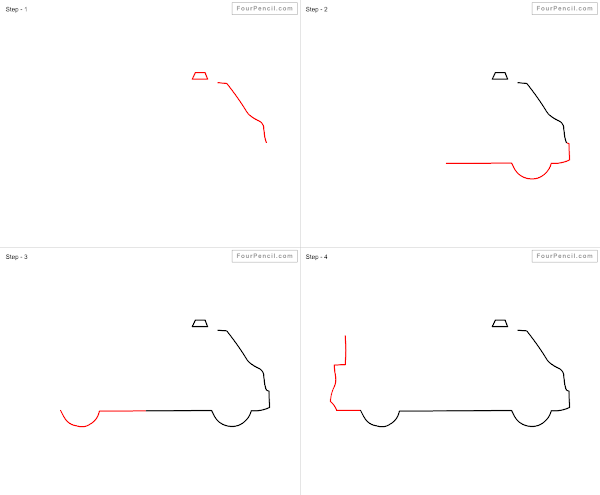
How to draw Ambulance for Beginners - Fact - Ambulances can be grouped into types depending on whether or not they transport patients, and under what conditions. In some cases, ambulances may fulfil more than one function (such as combining emergency ambulance care with patient transport).

How to draw Ambulance for Beginners - Fact - Emergency ambulance – The most common type of ambulance, which provide care to patients with an acute illness or injury. These can be road-going vans, boats, helicopters, fixed-wing aircraft (known as air ambulances) or even converted vehicles such as golf carts.

How to draw Ambulance for Children - Fact - Patient transport ambulance – A vehicle, which has the job of transporting patients to, from or between places of medical treatment, such as hospital or dialysis center, for non-urgent care. These can be vans, buses or other vehicles.

How to draw Ambulance for Children - Fact - Response unit – Also known as a fly-car or a [Quick Response Vehicle], which is a vehicle which is used to reach an acutely ill patient quickly, and provide on scene care, but lacks the capacity to transport the patient from the scene.

How to draw Ambulance for Preschoolers - Fact - Response units may be backed up by an emergency ambulance which can transport the patient, or may deal with the problem on scene, with no requirement for a transport ambulance. These can be a wide variety of vehicles, from standard cars, to modified vans, motorcycles, pedal cycles, quad bikes or horses.
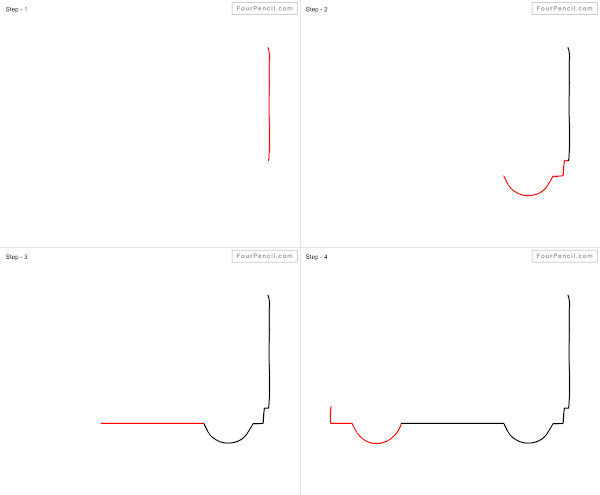
How to draw Ambulance for Preschoolers - Fact - These units can function as a vehicle for officers or supervisors (similar to a fire chief's vehicle, but for ambulance services). Fire & Rescue services in North America often staff EMTs or Paramedics to their apparatuses to provide medical care without the need to wait for an ambulance.

Charity ambulance – A special type of patient transport ambulance is provided by a charity for the purpose of taking sick children or adults on trips or vacations away from hospitals, hospices or care homes where they are in long term care. Examples include the United Kingdom's 'Jumbulance' project.

Bariatric ambulance – A special type of patient transport ambulance designed for extremely obese patients equipped with the appropriate tools to move and manage these patients.


 How to draw Ambulance for kids - step by step - Fact - The word is often associated with road going emergency ambulances which form part of an emergency medical service, administering emergency care to those with acute medical problems.
How to draw Ambulance for kids - step by step - Fact - The word is often associated with road going emergency ambulances which form part of an emergency medical service, administering emergency care to those with acute medical problems.  How to draw Ambulance for kids - step by step - Fact - The term ambulance does, however, extend to a wider range of vehicles other than those with flashing warning lights and sirens. The term also includes a large number of non-urgent ambulances which are for transport of patients without an urgent acute condition (see below: Functional types) and a wide range of urgent and non-urgent vehicles including trucks, vans, bicycles, motorbikes, station wagons, buses, helicopters, fixed-wing aircraft, boats, and even hospital ships
How to draw Ambulance for kids - step by step - Fact - The term ambulance does, however, extend to a wider range of vehicles other than those with flashing warning lights and sirens. The term also includes a large number of non-urgent ambulances which are for transport of patients without an urgent acute condition (see below: Functional types) and a wide range of urgent and non-urgent vehicles including trucks, vans, bicycles, motorbikes, station wagons, buses, helicopters, fixed-wing aircraft, boats, and even hospital ships  How to draw Ambulance for kids - step by step - Fact - The term ambulance comes from the Latin word "ambulare" as meaning "to walk or move about" which is a reference to early medical care where patients were moved by lifting or wheeling. The word originally meant a moving hospital, which follows an army in its movements.
How to draw Ambulance for kids - step by step - Fact - The term ambulance comes from the Latin word "ambulare" as meaning "to walk or move about" which is a reference to early medical care where patients were moved by lifting or wheeling. The word originally meant a moving hospital, which follows an army in its movements.  How to draw Ambulance for kids - step by step - Fact - During the American Civil War vehicles for conveying the wounded off the field of battle were called ambulance wagons. Field hospitals were still called ambulances during the Franco-Prussian War of 1870 and in the Serbo-Turkish war of 1876 even though the wagons were first referred to as ambulances about 1854 during the Crimean War.
How to draw Ambulance for kids - step by step - Fact - During the American Civil War vehicles for conveying the wounded off the field of battle were called ambulance wagons. Field hospitals were still called ambulances during the Franco-Prussian War of 1870 and in the Serbo-Turkish war of 1876 even though the wagons were first referred to as ambulances about 1854 during the Crimean War.  How to draw Ambulance for kids - step by step - Fact - There are other types of ambulance, with the most common being the patient transport ambulance (sometimes called an ambulette). These vehicles are not usually (although there are exceptions) equipped with life-support equipment, and are usually crewed by staff with fewer qualifications than the crew of emergency ambulances.
How to draw Ambulance for kids - step by step - Fact - There are other types of ambulance, with the most common being the patient transport ambulance (sometimes called an ambulette). These vehicles are not usually (although there are exceptions) equipped with life-support equipment, and are usually crewed by staff with fewer qualifications than the crew of emergency ambulances.  How to draw Ambulance for kids - step by step - Fact - Their purpose is simply to transport patients to, from or between places of treatment. In most countries, these are not equipped with flashing lights or sirens. In some jurisdictions there is a modified form of the ambulance used, that only carries one member of ambulance crew to the scene to provide care, but is not used to transport the patient.
How to draw Ambulance for kids - step by step - Fact - Their purpose is simply to transport patients to, from or between places of treatment. In most countries, these are not equipped with flashing lights or sirens. In some jurisdictions there is a modified form of the ambulance used, that only carries one member of ambulance crew to the scene to provide care, but is not used to transport the patient.  How to draw Ambulance for kids - step by step - Fact - Such vehicles are called fly-cars. In these cases a patient who requires transportation to hospital will require a patient-carrying ambulance to attend in addition to the fast responder.
How to draw Ambulance for kids - step by step - Fact - Such vehicles are called fly-cars. In these cases a patient who requires transportation to hospital will require a patient-carrying ambulance to attend in addition to the fast responder.  How to draw Ambulance easy - step by step - Fact - The history of the ambulance begins in ancient times, with the use of carts to transport incurable patients by force. Ambulances were first used for emergency transport in 1487 by the Spanish, and civilian variants were put into operation during the 1830s.
How to draw Ambulance easy - step by step - Fact - The history of the ambulance begins in ancient times, with the use of carts to transport incurable patients by force. Ambulances were first used for emergency transport in 1487 by the Spanish, and civilian variants were put into operation during the 1830s.  How to draw Ambulance easy - step by step - Fact - Advances in technology throughout the 19th and 20th centuries led to the modern self-powered ambulances.
How to draw Ambulance easy - step by step - Fact - Advances in technology throughout the 19th and 20th centuries led to the modern self-powered ambulances.  How to draw Ambulance for Beginners - Fact - Ambulances can be grouped into types depending on whether or not they transport patients, and under what conditions. In some cases, ambulances may fulfil more than one function (such as combining emergency ambulance care with patient transport).
How to draw Ambulance for Beginners - Fact - Ambulances can be grouped into types depending on whether or not they transport patients, and under what conditions. In some cases, ambulances may fulfil more than one function (such as combining emergency ambulance care with patient transport).  How to draw Ambulance for Beginners - Fact - Emergency ambulance – The most common type of ambulance, which provide care to patients with an acute illness or injury. These can be road-going vans, boats, helicopters, fixed-wing aircraft (known as air ambulances) or even converted vehicles such as golf carts.
How to draw Ambulance for Beginners - Fact - Emergency ambulance – The most common type of ambulance, which provide care to patients with an acute illness or injury. These can be road-going vans, boats, helicopters, fixed-wing aircraft (known as air ambulances) or even converted vehicles such as golf carts.  How to draw Ambulance for Children - Fact - Patient transport ambulance – A vehicle, which has the job of transporting patients to, from or between places of medical treatment, such as hospital or dialysis center, for non-urgent care. These can be vans, buses or other vehicles.
How to draw Ambulance for Children - Fact - Patient transport ambulance – A vehicle, which has the job of transporting patients to, from or between places of medical treatment, such as hospital or dialysis center, for non-urgent care. These can be vans, buses or other vehicles.  How to draw Ambulance for Children - Fact - Response unit – Also known as a fly-car or a [Quick Response Vehicle], which is a vehicle which is used to reach an acutely ill patient quickly, and provide on scene care, but lacks the capacity to transport the patient from the scene.
How to draw Ambulance for Children - Fact - Response unit – Also known as a fly-car or a [Quick Response Vehicle], which is a vehicle which is used to reach an acutely ill patient quickly, and provide on scene care, but lacks the capacity to transport the patient from the scene.  How to draw Ambulance for Preschoolers - Fact - Response units may be backed up by an emergency ambulance which can transport the patient, or may deal with the problem on scene, with no requirement for a transport ambulance. These can be a wide variety of vehicles, from standard cars, to modified vans, motorcycles, pedal cycles, quad bikes or horses.
How to draw Ambulance for Preschoolers - Fact - Response units may be backed up by an emergency ambulance which can transport the patient, or may deal with the problem on scene, with no requirement for a transport ambulance. These can be a wide variety of vehicles, from standard cars, to modified vans, motorcycles, pedal cycles, quad bikes or horses.  How to draw Ambulance for Preschoolers - Fact - These units can function as a vehicle for officers or supervisors (similar to a fire chief's vehicle, but for ambulance services). Fire & Rescue services in North America often staff EMTs or Paramedics to their apparatuses to provide medical care without the need to wait for an ambulance.
How to draw Ambulance for Preschoolers - Fact - These units can function as a vehicle for officers or supervisors (similar to a fire chief's vehicle, but for ambulance services). Fire & Rescue services in North America often staff EMTs or Paramedics to their apparatuses to provide medical care without the need to wait for an ambulance.  Charity ambulance – A special type of patient transport ambulance is provided by a charity for the purpose of taking sick children or adults on trips or vacations away from hospitals, hospices or care homes where they are in long term care. Examples include the United Kingdom's 'Jumbulance' project.
Charity ambulance – A special type of patient transport ambulance is provided by a charity for the purpose of taking sick children or adults on trips or vacations away from hospitals, hospices or care homes where they are in long term care. Examples include the United Kingdom's 'Jumbulance' project.  Bariatric ambulance – A special type of patient transport ambulance designed for extremely obese patients equipped with the appropriate tools to move and manage these patients.
Bariatric ambulance – A special type of patient transport ambulance designed for extremely obese patients equipped with the appropriate tools to move and manage these patients. 


















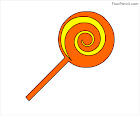
I think being on this website is an exellent learning and drawing expirience.
ReplyDeleteThis comment has been removed by the author.
ReplyDelete